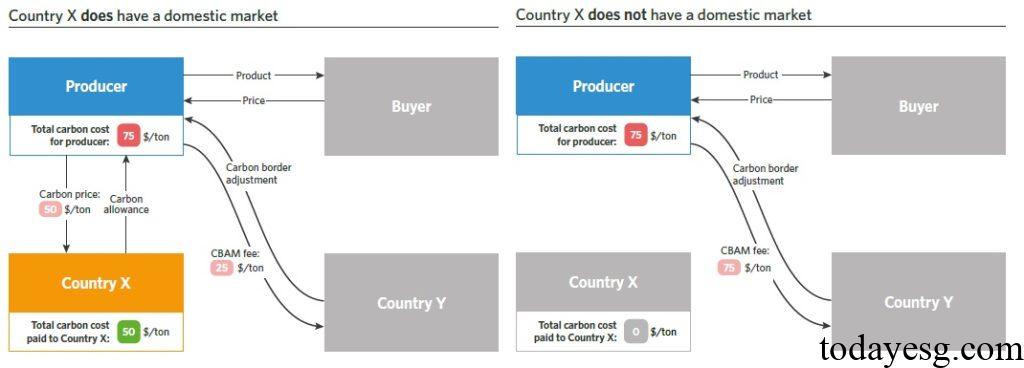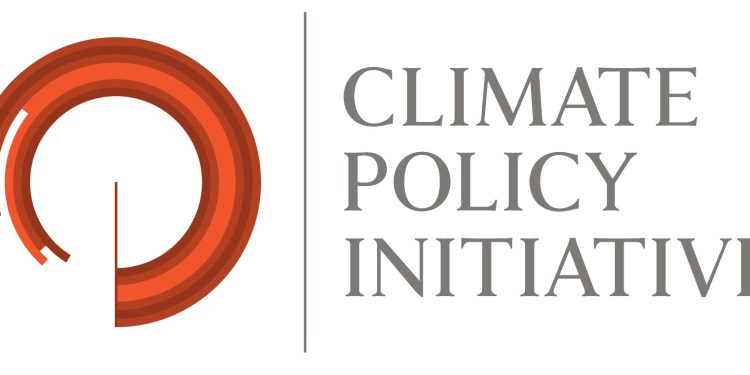Public Development Bank Carbon Market Report
The Climate Policy Initiative (CPI) releases public development bank carbon market report, aiming to analyze the role of public development banks in the development of the carbon market.
The Climate Policy Initiative believes that public development banks play an important role in low-carbon transition. They can use funds and technology to help develop carbon markets and establish mechanisms for monitoring, reporting, and inspecting carbon markets.
Related Post: European Investment Bank Releases 2023 Multilateral Development Bank Climate Finance Report
The Role of Carbon Market
By 2030, the world needs $7.4 trillion annually to achieve decarbonization goals, with emerging market and developing economies requiring over $2 trillion annually. The carbon market is an effective way to address this financing gap, as it can promote the trading of carbon credits and accurately price the negative externalities of carbon dioxide emissions. Global voluntary carbon market mechanism reaches $1.4 billion in 2024, and the World Bank predicts that this number will increase to $10 billion to $40 billion by 2030.
The role of the carbon market includes:
- Guiding funds towards carbon reduction: The carbon market provides economic incentives for companies to invest in carbon reduction projects, helping them generate income to cover the costs of project implementation and maintenance.
- Enhancing the financial feasibility of carbon reduction projects: Carbon reduction projects reduce the financial risk of project providers by generating and selling carbon credits, providing a monetization method for positive externalities of the project.
- Supporting global carbon pricing integration: Each country’s carbon market can accumulate experience in emissions trading and carbon credit issuance and prepare for the global carbon pricing mechanism established under Article 6 of the Paris Agreement.

The Role of Public Development Bank
Public Development Banks are typically divided into country specific National Development Banks and Multilateral Development Banks. As a financial and policy intermediary structure, public development banks can promote the development of carbon markets by providing the following roles:
- Strategic guidance: Public development banks can provide strategic guidance to jurisdictions, promote cross departmental cooperation, and incorporate carbon markets into sustainable development goals. For example, the World Bank’s Partnership for Market Implementation has supported the establishment of carbon pricing mechanisms in 23 jurisdictions, covering 46% of global carbon emissions.
- Technical assistance: In terms of market design, public development banks can establish legal frameworks, infrastructure, provide technical assistance, and enhance the technical capabilities of the carbon market. In terms of data collection and verification, public development banks can provide high-level data collection, verification, and digital systems to improve the effectiveness of carbon markets.
- Support credit integrity: Public development banks can establish and maintain carbon credit integrity in accordance with international best practices and ensure that market participants comply with these standards. Public development banks can support the development of high impact and high-quality carbon credits, enhancing market credibility.
- Manage risk: The volatility of carbon prices in the carbon market poses risks to market participants. Public development banks can set minimum price limits, provide guarantees, or sign off purchase agreements to reduce carbon price fluctuations and enhance investor confidence. These methods can reduce market risks and demonstrate the advantages of carbon markets to other stakeholders.
- Support financial mechanisms to front-end finance: Carbon credit usually only generates income after many years of project financing and construction, so the carbon market needs to develop innovative mechanisms to raise funds in advance. Public development banks can provide early-stage financing for the carbon market, using carbon linked bonds, performance-based guarantees, and other methods to use future carbon credit income as a repayment source.
Reference:
Role of Public Development Banks in Supporting Domestic Carbon Markets








